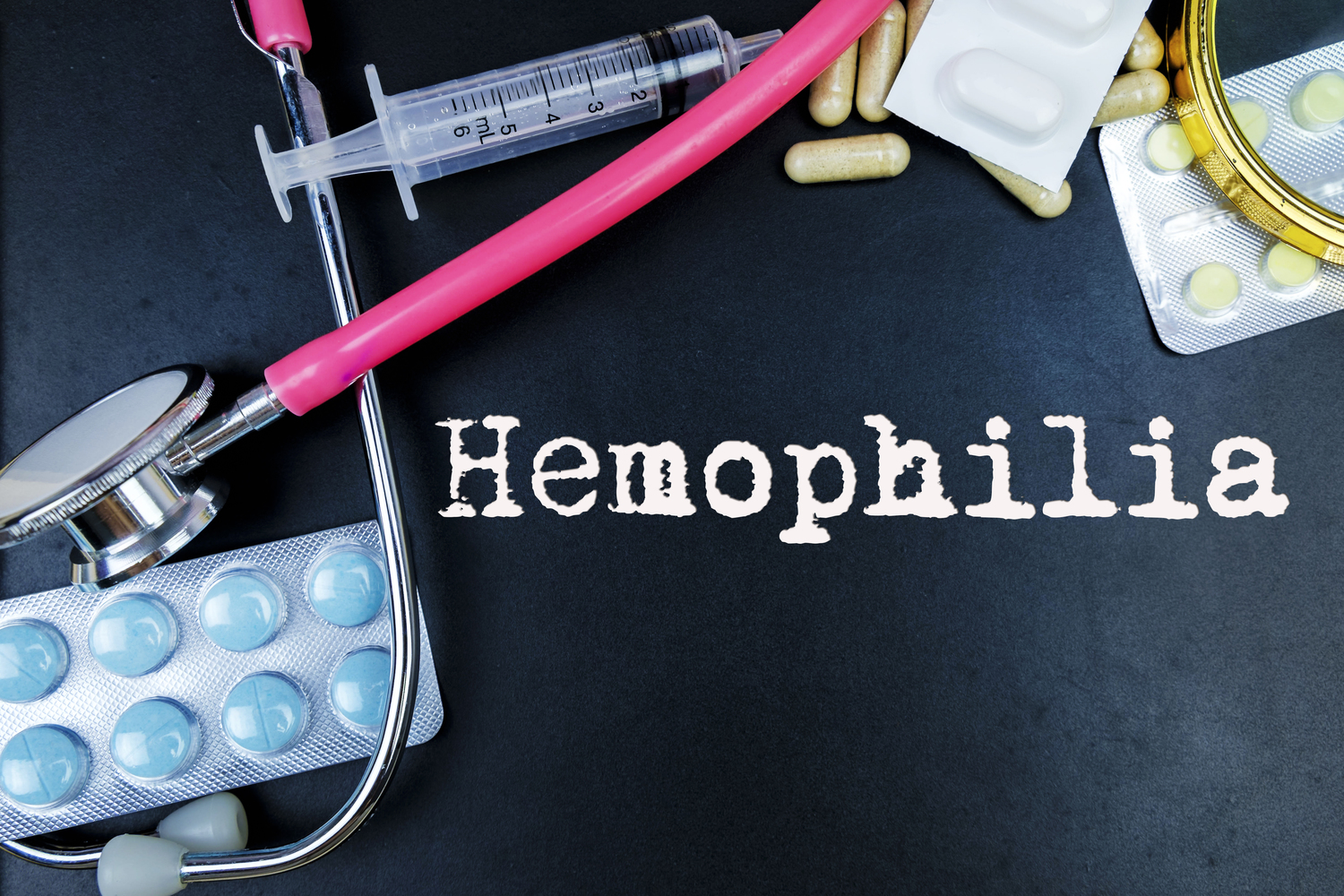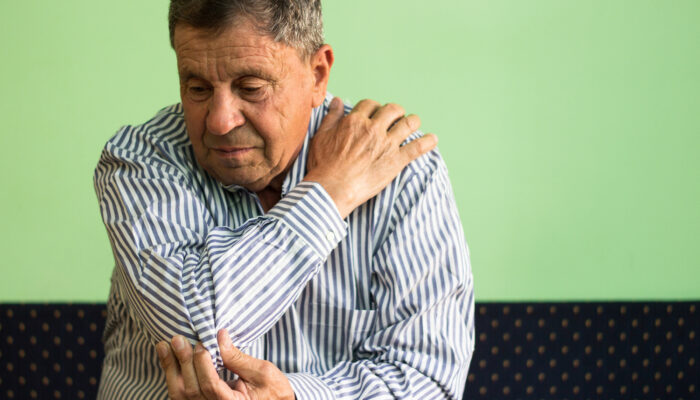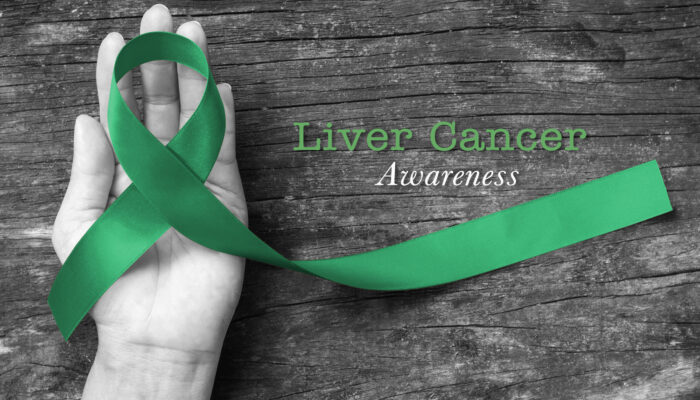
The symptoms and inheritance patterns of hemophilia
After bruise or injury, some people bleed profusely while others need basic first aid to stop the bleeding. However, in some cases, the bleeding doesn’t stop even with first aid and use of bandages. Normally, the blood has to clot quickly because of the clotting factors or proteins present in it. The lack of these proteins results in continuous bleeding, and this condition is called hemophilia.
People who lack the protein called factor VIII are affected by hemophilia A. On the other hand, a lack of factor IX leads to hemophilia B, and the lack of factor XI leads to hemophilia C.
Symptoms
The symptoms of all types of hemophilia are similar. The intensity or severity of the condition depends on how much of the protein is present or lacking in each person’s blood. Although they are susceptible to excessive bleeding due to an injury or a bruise, it can be controlled with proper treatment. They are at larger risk if there is bleeding internally. This could affect the joints, particularly the knees, ankles, and elbows, or the tissues and muscles. If any of the vital organs start bleeding, it could potentially lead to a life-threatening condition.
Ways of inheritance
- Hemophilia is an inherited genetic condition that results from a mutation in the gene that sends outs instruction for the production of the factor VIII, IX, and XI proteins.
- If the men inherit an affected X chromosome, with changes in factor VIII, IX, or XI, they are likely to inherit hemophilia. In the case of women, they are more likely to become carriers and pass on the affected X chromosome to their children.
- In other words, if the mother is a carrier and the father is not, there is a 50% chance that their sons will have hemophilia, and there is a 50% risk that the girls will be carriers.
- If the father has hemophilia and the mother does not, the daughters will inherit and carry the hemophilia gene and the sons will not be infected.
- The genetic mutation, in almost all the cases, is passed on from the carrier to the child at the time of conception. In most cases, the first child in the family is likely to be affected by the genetic mutation.
- In many cases, despite mothers being the carriers, boys have not been affected by this condition. On the contrary, in 30% of the cases, a son born to a couple with no history of hemophilia on both sides was also be affected by the condition. This happens if someone was carrying the gene in the earlier generations and were unaware until the symptoms manifested.
- If the mother had a gene mutation at the time of conception, she would be the first in the family and the son will be affected.
- In some cases, if the mother is not a carrier, her eggs could develop mutation and the son could be born hemophilic.



